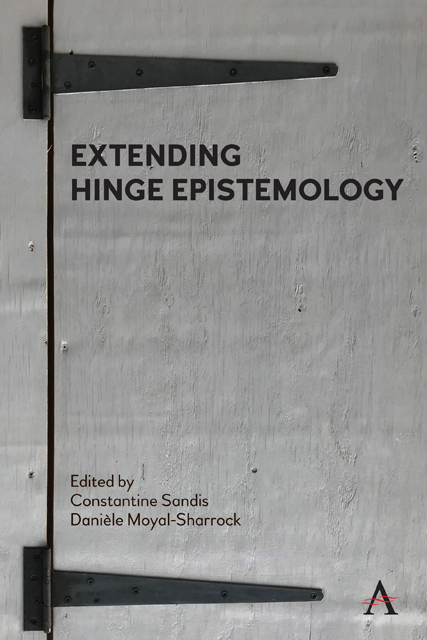Chapter Nine - Deep Impact: Wittgenstein’s Enduring Enactivist Legacy
Published online by Cambridge University Press: 09 December 2022
Summary
Introduction
Hurley (1998) accurately characterized what has long been the orthodox view of the relationship between the brain and the body within cognitive science. She called this view the input–output picture. According to this picture, our sensory organs (eyes, ears, hands, etc.) deliver input to the brain. The brain then processes this input, which is then converted to output or bodily behaviour. Varela, Thompson and Rosch (1991) famously challenged this picture (as did Hurley herself ). For example, Varela, Thompson and Rosch claimed that mind and experience are not things processed by the brain at all. Rather they are activities enacted by subjects as and when they engage with the world around them. This idea has since come to be called ‘enactivism’.
This enactivist idea has in recent decades given rise to a number of distinctive lines of thought. Mind/life enactivism (Thompson 2007) aims to describe the biological conditions that allow for human and animal experience to emerge, focusing in particular on the sensemaking activities of large and small autonomous systems. Radical enactivism (Hutto & Myin 2013, 2017) insists that our capacities to represent worldly states of affairs in meaningful ways are scaffolded by some of our social and linguistic practices. Sensorimotor enactivism (Noë 2004, 2006, 2012, 2015; O’Regan 2009, 2011, 2014; O’Regan & Noë 2001) argues that while there is an ‘explanatory gap’ (Levine 1983) between brain states/processes and perceptual experiences, there is no such gap between a subject's skilful engagement with environmental objects and a subject's perceptual experiences. This is because perceptual experiences are just skilful engagements with such objects.
Now, among the thinkers usually listed as forerunners of these various enactivist proposals, one often finds pragmatists, like James, phenomenologists like Merleau-Ponty, and ecological psychologists like Gibson. Someone only rarely included in such a list, however, is Wittgenstein. This is despite the fact that, just like many enactivists, Wittgenstein regarded action and reaction as the basis of all human and animal mentality.
Still, the idea that Wittgenstein has much to teach enactivists is one that continues to gain traction within contemporary cognitive science (Heras-Escribano et al. 2014; Hutto 2013; Hutto, Kirchhoff & Myin 2014; Loughlin 2014, 2019, 2020; Moyal-Sharrock 2013, 2019; Steiner 2018).
- Type
- Chapter
- Information
- Extending Hinge Epistemology , pp. 163 - 174Publisher: Anthem PressPrint publication year: 2022



